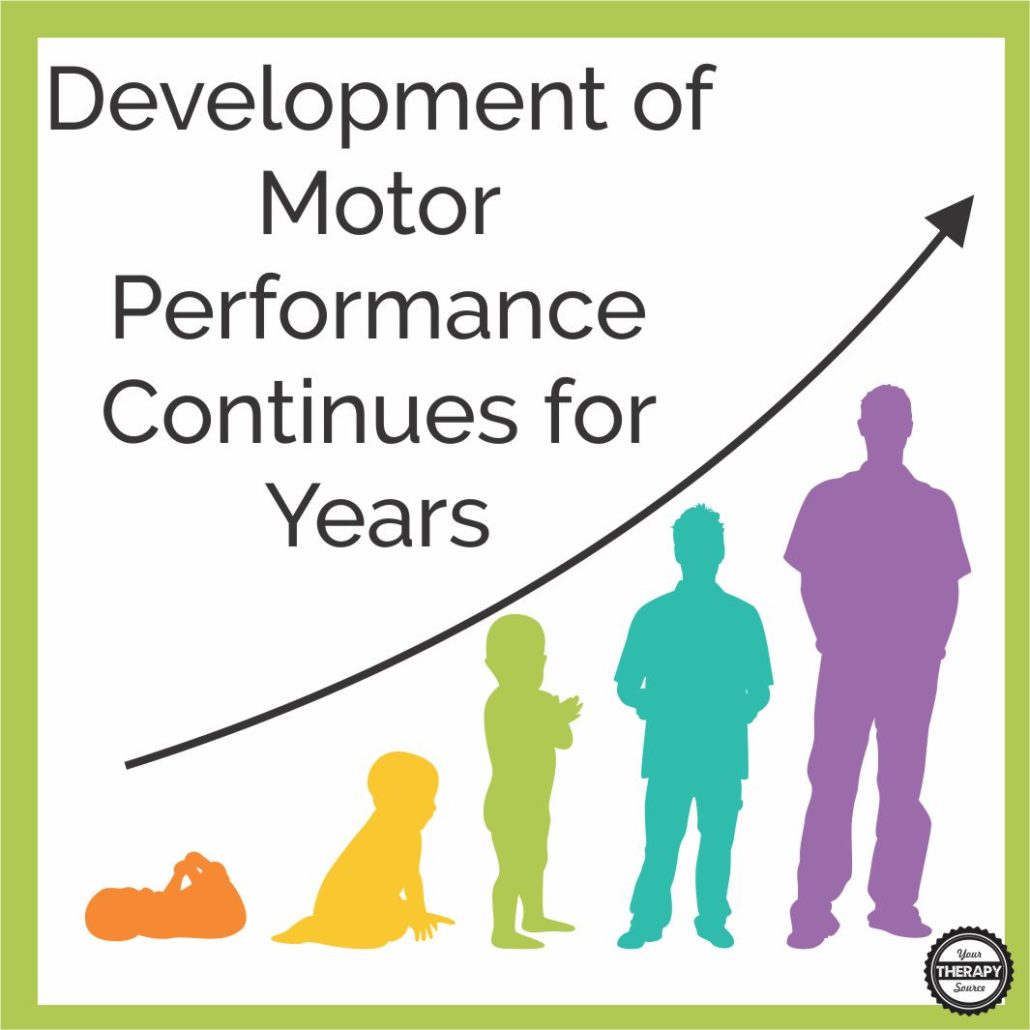Development of Motor Performance Continues for Years in Individuals with Cerebral Palsy

The Annals of Physical Medicine and Rehabilitation published research on activity performance curves for individuals with cerebral palsy to determine if the development of motor performance continues for years in individuals with cerebral palsy.
The researchers completed a longitudinal assessment on 421 participants with cerebral palsy from ages 1 to 20 years old and Gross Motor Functioning Classification System (GMFCS) levels I to V. Subdomains of the Vineland Adaptive Behaviors Scales survey was used to evaluate motor and daily activity performance.
Results of the Study on Activity and Motor Performance
Data analysis indicated the following regarding motor performance through the years in children with cerebral palsy:
- limits of gross and fine motor performance decreased significantly with each lower functional level.
- age for motor performance was reached at around 6 to 8 years of age in children with GMFCS levels I to III, and at younger ages in those with lower functional levels.
- limits of daily activity performance did not differ between individuals without ID with GMFCS levels I to III.
- age of daily activities was reached between 11 and 14 (personal), 26 and 32 (domestic), and 22 and 26 years of age (community).
- individuals with intellectual disability reached lower daily activity performance limits earlier.
Conclusion
The researchers concluded that the development of motor performance continues for years in individuals with cerebral palsy even after gross motor capacity limits are reached.
Daily activities continue to develop for individuals without intellectual disability into their 20s.
Individuals who are severely affected have the least favorable development of motor performance, and those with intellectual disability have the least favorable development of daily activity performance.
Since the research indicated that there is ongoing development of daily activities, routine monitoring of individuals with cerebral palsy for activity limitations should be carried out into adulthood.
References:
van Gorp, M., Roebroeck, M. E., Tan, S. S., de Groot, V., Gorter, J. W., Smits, D. W., … & PERRIN DECADE Study Group. (2018). Activity Performance Curves of Individuals With Cerebral Palsy. Pediatrics, e20173723.
Additional Resources for Daily Activities
The Life Skills Checklists help track progress towards routine life skills needed to succeed in the school, home, and community. The checklists have been created in Microsoft Excel. When you record a score for each life skill, it automatically enters into the graph for a visual representation of progress. If you are using the document in PDF format you will have to hand write in the score and the graphing information. This is a great resource for tracking quarterly progress and establishing goals. The 14 life skills checklists include:
- Dressing Skills
- Personal Hygiene
- Mealtime
- Food Preparation
- Chores
- Safety Skills
- School Routine
- Before and After School Routine
- Personal Health
- Interpersonal
- Transportation
- Self Advocacy
- Community Life Skills
- Pre-Vocational
Find out more about the Life Skills Checklists to monitor progress.



